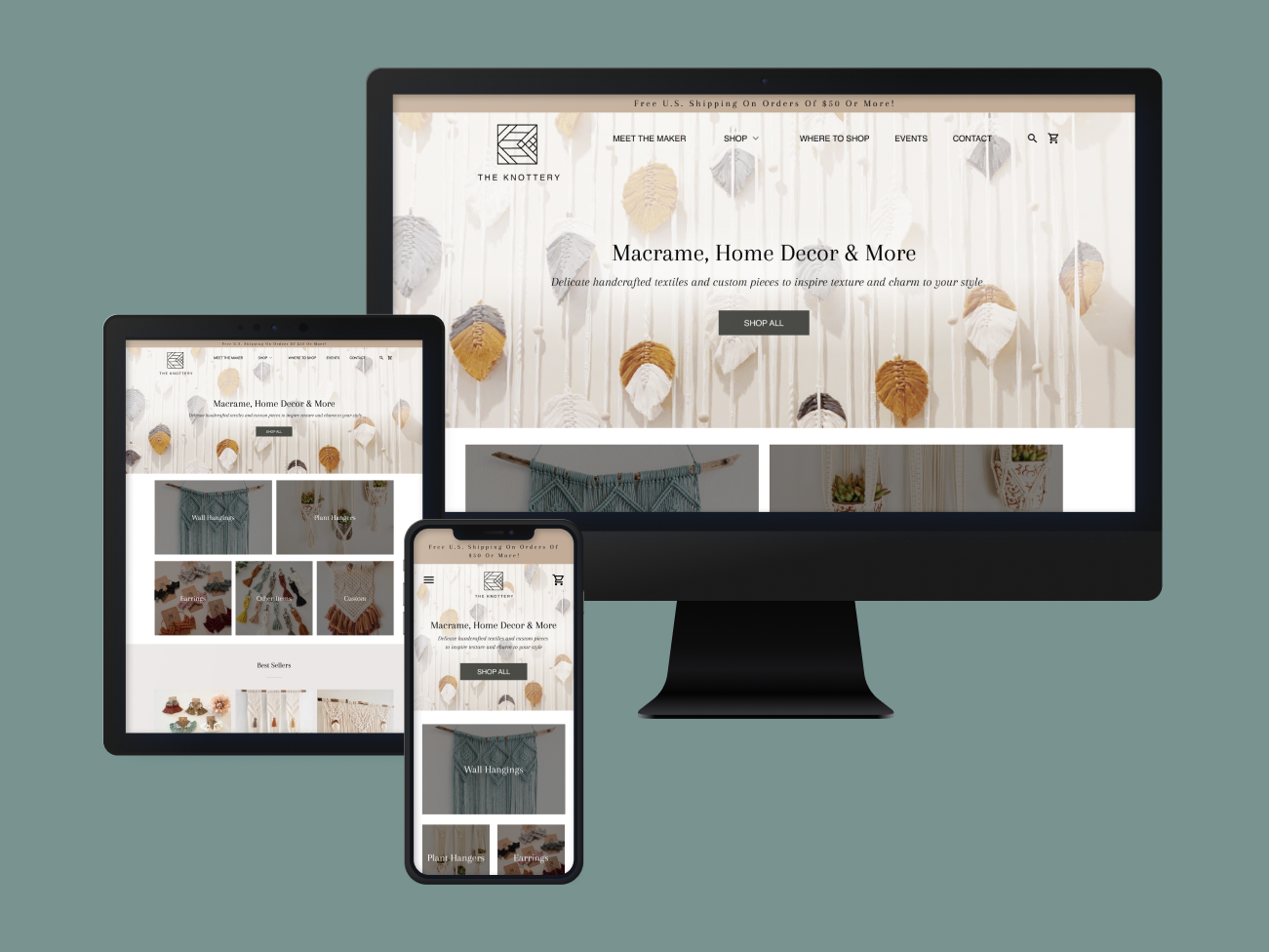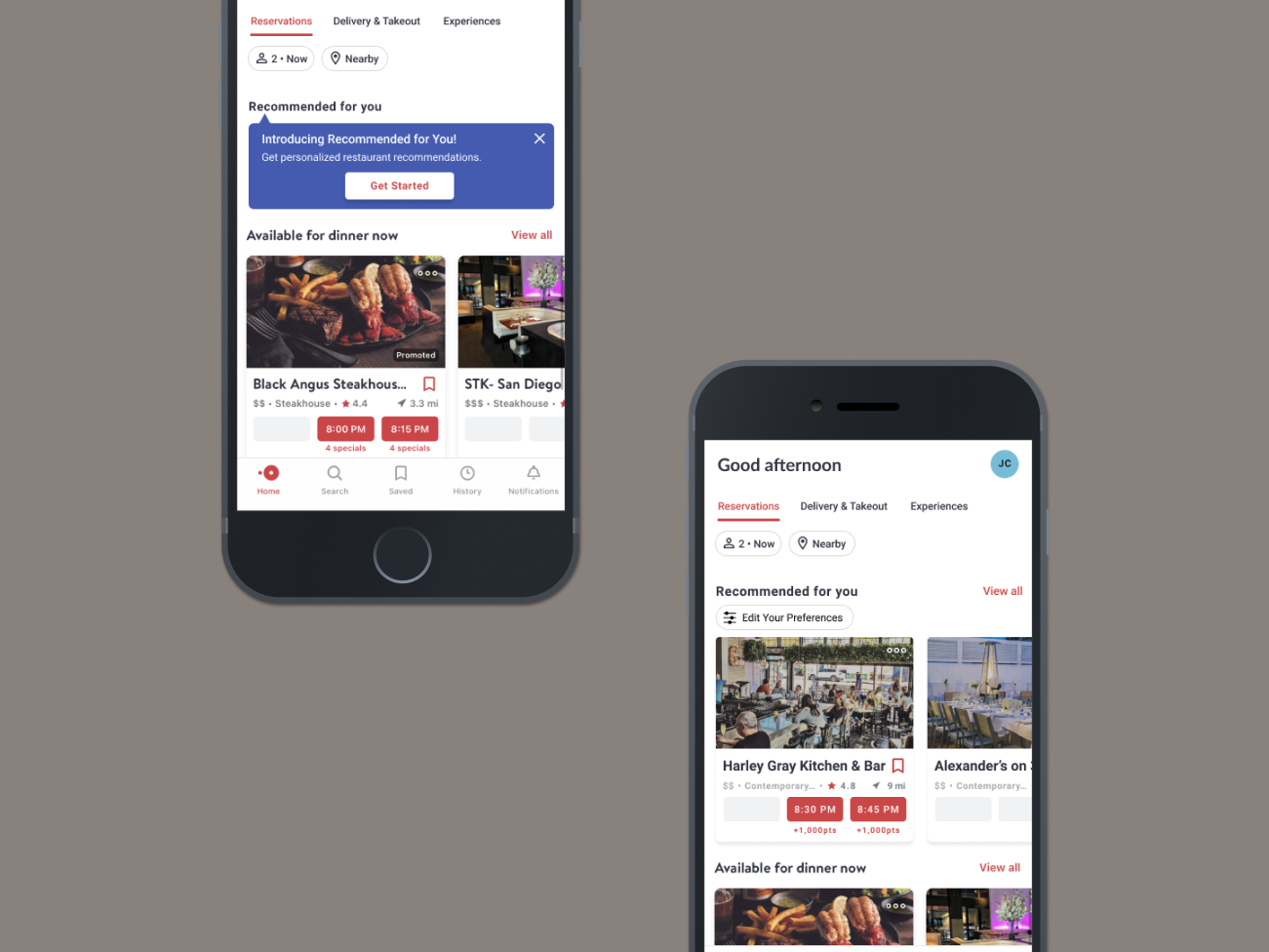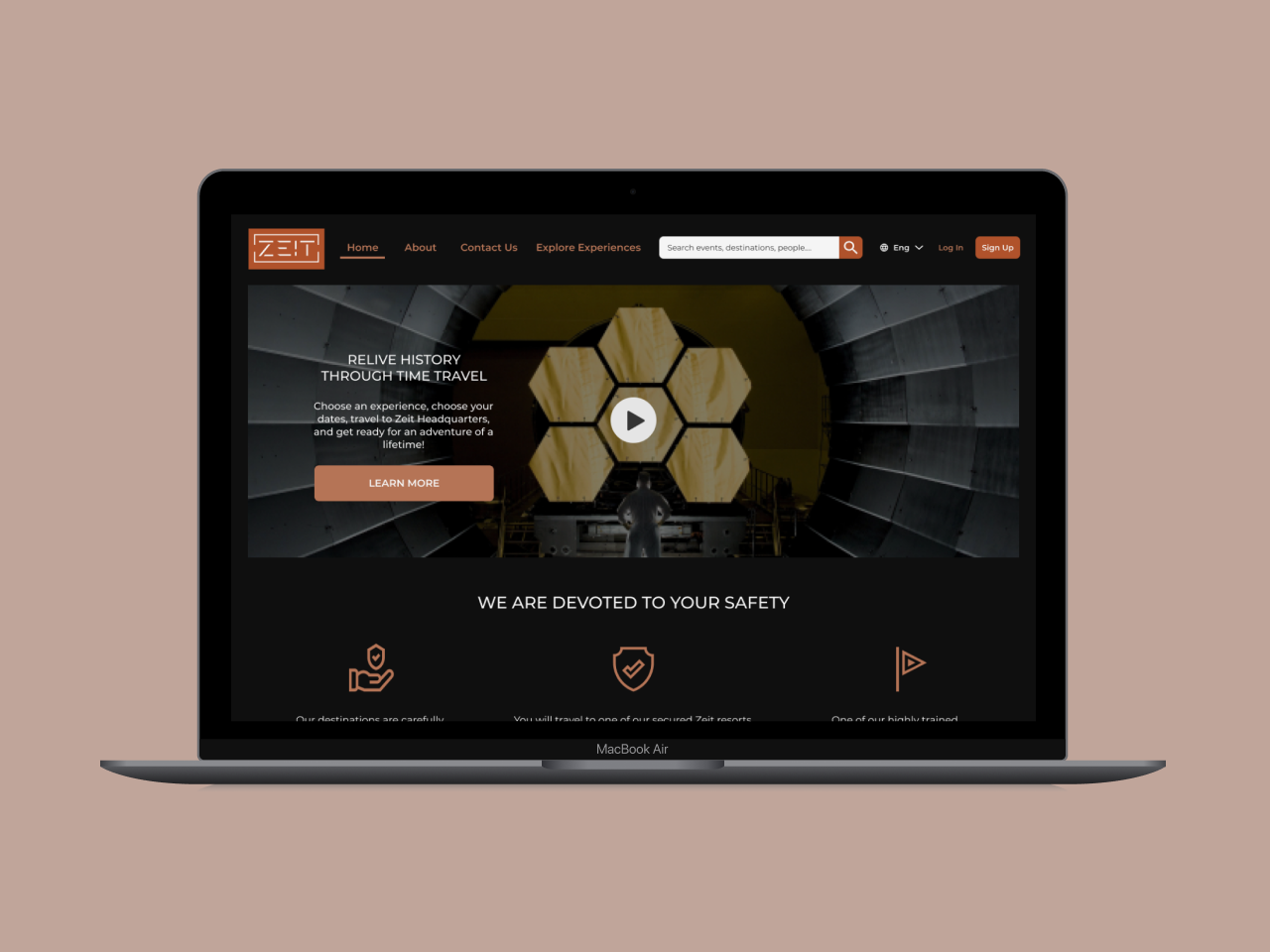PROJECT BACKGROUND
"Mental health conditions are more prevalent than many people think. They affect approximately 20% of individuals residing in the United States. The pandemic has been challenging for all of us, and it has impacted our mental health and overall well-being in various ways. I would like to draw attention to the issue of anxiety, particularly negative thinking patterns."
OBJECTIVE
The goal is to create an end-to-end app that aims to improve mental well-being by promoting positive thinking and boosting mood.
ROLE
User Research, UX/UI Design, Branding, Prototyping, Usability Testing
PROJECT DURATION
6 weeks
TOOLS
Figma, Whimsical, Lucid Chart
I. Research
GOALS
• Learn more about behavior and trends in mental health/well-being tools.
• Learn about the competition to understand the market.
• Understand and learn why people use mental health/wellbeing tools to help them cope and improve their anxiety.
• Understand why people want to be a part of a community to share their personal experiences.
• Gain insights from users when using an app to help with their anxiety and limit negative thoughts.
PROCESS OVERVIEW
• Market Research
• Competitive Analysis
• Provisional Personas
• User Interviews
MARKET RESEARCH
I conducted market research to uncover trends, demographics, and insights about the mental health/wellbeing industry.
COMPETITIVE ANALYSIS
I analyzed other mental health/wellbeing apps competitively to determine gaps, strengths, and weaknesses to discover opportunities.
PROVISIONAL PERSONAS
I created provisional personas to uncover any patterns and behaviors among all generations.
II. Define
GOAL
Synthesize research to identify core problems.
PROCESS OVERVIEW
• Personas
• Empathy Map
USER PERSONAS
I compared two personas based on gathered data to identify mental health/well-being tool overlaps across generations.
EMPATHY MAP
I synthesized my research findings into an empathy map to gain insights into the user's needs.
INSIGHTS:
• Majority of participants go to therapy.
• Privacy and security are important when using a mental health/well-being digital tool.
• Journaling is something that makes the participants feel better when performing the task.
• Participants prefer using a beneficial app.
• Would like the app to learn about you for a personalized experience based on what you are seeking.
• Would like to create healthy habits, have positive encouragement, and feel motivated.
• Open to community support, however, participants express some hesitations.
NEEDS:
• Positive affirmations.
• Utilize the app without a subscription.
• Don't want too many notifications from the app.
• Reminders to create a positive mindset and healthy habits.
• Convenience and know that my privacy is protected.
• Fun and engaging interactions yet not too complicated.
III. Ideate
GOALS
• Create a well-organized structure for the application.
• Determine key steps from the sitemap to create simple task flows to represent the user's journey through specific tasks.
• Go more in-depth and create a user flow with multiple customer decision points to identify any issues when accomplishing different tasks.
PROCESS OVERVIEW
• Sitemap
• Task Flow
• User Flow
SITEMAP
After performing a competitive analysis and gathering data, I created a user-friendly sitemap for easy app navigation.
TASK FLOWS
I created two task flows to illustrate the user's journey during onboarding and when reaching the home screen.
USER FLOW
I created a user flow based on my task flows and referenced the sitemap. The flowchart illustrates how the user will navigate through the onboarding process, leading them to the home screen.
IV. Design
GOAL
Design user interface and branding.
PROCESS OVERVIEW
• Wireframe sketches
• Mid-fidelity wireframes
• Mood board
• Brand style guide
LOW-FIDELITY SKETCHES
I created design layouts and concepts for the onboarding process and home screen based on my sitemap, task flows, and user flow.
MID-FIDELITY WIREFRAMES
I converted my sketches to digital format and improved the onboarding process. I also designed multiple screens to help users navigate the app and complete tasks.
MOOD BOARD
I converted my sketches to digital format and improved the onboarding process. I also designed multiple screens to help users navigate the app and complete tasks.
BRAND STYLE GUIDE
I created the app's brand identity by designing the logo, color palette, typography, and UI based on my mood board and keywords.
"Flow is a state of mind in which a person becomes fully immersed in an activity. Positive psychologist Mihály Csíkszentmihályi describes flow as a state of complete immersion in an activity."
Source: https://www.verywellmind.com/what-is-flow-2794768
V. Prototype
GOALS
Develop an end-to-end application with interactive features that assist users in improving their mental health and well-being.
PROCESS OVERVIEW
• High-fidelity wireframes
• Prototype
HIGH-FIDELITY WIREFRAMES
I created high-fidelity wireframes for a mental health and well-being app, using my mood board and brand style guide to achieve a fresh and engaging look and feel.
PROTOTYPE
I created a prototype to offer an engaging and interactive experience to the users. The prototype allows them to customize their experience during the onboarding process. Although the prototype's functionality is limited, it provides users with an idea of how they can interact with the application to improve their mental health and overall well-being.
Test the prototype by:
• Going through the onboarding process.
• View the home screen and interact with the first task.
• Tap the music category on the navigation bar and interact with the different music options, view all "relax & rejuvenate" options.
• View the "search" option on the navigation bar.
• View the "profile" option on the navigation bar, tap settings, and interact with "My Flow Preferences."
VI. Test
GOALS
• Observe and analyze the user's interactions while they navigate through the Flow app.
• Identify any pain points and/or frustrations.
• Test the navigation, flow, and design of the application.
PROCESS OVERVIEW
• Usability Test
• Affinity Map
• Revisions
USABILITY TESTING
During in-person testing or remote video calls, three participants from different generational backgrounds completed the prototype of the Flow app.
TEST OBJECTIVES
• Test the quality and ease of the onboarding process.
• Test if the app provides enough information and features for the user to browse through and interact with the app.
• Test if the user can easily change their preferences.
USER TASKS
• You are interested in checking out this new mental health/wellbeing app called Flow, walk me through the onboarding process.
After completing the onboarding process, what is the first thing you would do on the home screen to start your day feeling great?
• You want to explore different music options. How do you check them out?
• You have questions about the app's resources. Where can you find that information?
• You want to check your app usage. Where can you go to find this information?
• You want to update your preferences for the app. How can you do that?
AFFINITY MAP
I created an affinity map to evaluate user feedback and come up with potential solutions and next steps. To prioritize the suggestions for revision, I have considered whether they address a problem that needs to be solved.
REVISIONS
"I concentrated on implementing high-priority changes to the high-fidelity wireframes. Additionally, I made suggestions for content strategy and prioritized those where I felt the user was confused during the usability test. I also focused on the "stats" section to provide more context for the metric measurements, add visuals, and include a "set your goals" button."
Conclusion
REFLECTION
The main objective of this project was to create a minimum viable product that would serve as an end-to-end application. I saw this as a perfect opportunity to showcase my creativity and design a proof of concept. After some difficulty in coming up with an idea, I decided to focus on the mental health and well-being industry because of the tough year we've all had due to COVID-19 and isolation. Initially, I thought the application would revolve around community support. However, after conducting user interviews, I realized that the majority of users were more interested in activities that could help them improve their mental health and well-being throughout the day, rather than community support.
This project provided me with an interesting opportunity to learn about user behavior when it comes to utilizing mental health and well-being tools. The feedback I received from the usability testing was valuable in providing insights for future features to add to the app. These features include integrating Spotify for mainstream music options and adding a mood-tracking feature.
NEXT STEPS
• Refine designs and run usability tests.
• Test potential new features such as Spotify integration and smartwatch design.




